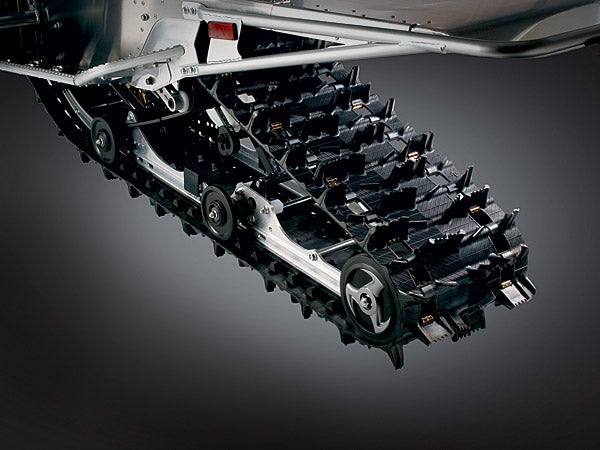Should be pretty sturdy when you're finished.
Are you going to run the P90 clutches from the 440 donor sled? If so, is the belt width similar to the Pro?
Not sure on the 440 but Aaen lists a 10lb weight savings with their 340 pipe.
That's substantial!
I have a few options on the clutches as I have P85 and P90 parts available. The P90 driven will require machining the jack shaft and I am not sure I want to do that. There is a belt width difference that would make using the set together the best idea. P90 1.25 width. Gen 2 era 1.375 and pro 1.437 ? You can do some spider shimming to get some versatility but I will need to work this out once I get the engine ready for placement and find out what center to center will be best for engine final position.
Still need to weigh the pipes.











